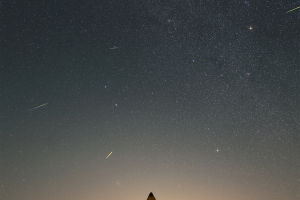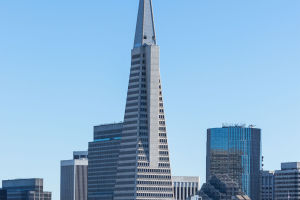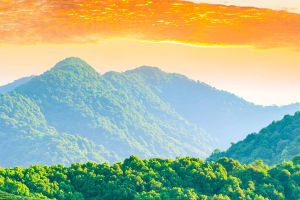Trondheim, Norway's third-largest city, is also the capital and largest city in the county of Trøndelag.
Trondheim is located in the middle of Norway's west coast, where the Nidder River meets the Trondheim Fjord. Trondheim has a vibrant shopping street and a large number of restaurants serving local specialties and is an important educational center, technology center, and pharmaceutical research center in Norway, and a very active and historic university town.
If the city is not "the world's most sophisticated city" as the official advertisement claims, it is at least pleasantly situated and has a logical urban layout: commercial establishments and historical and cultural buildings harmoniously form a prosperous and beautiful urban landscape, while the local industrial sector is dotted around the city. The industrial sector is dotted with greenery on the outskirts of the city.
Trondheim is the educational capital of Norway, with the second largest university in Norway, Norges teknisk-naturvitenskapelige universitet, South Trøndelag Academy, Dronning Mauds Minne Høgskole for førskolel ærerutdanning and BI Trondheim are all located here. St Olavs Hospital is the medical school of the Norwegian University of Science and Technology.
SINTEF, the largest independent research organization in Scandinavia, was founded in 1950 on the campus of the Norwegian Institute of Technology, the predecessor of the Norwegian University of Science and Technology, and has approximately 2,100 employees, of which about 1,750 work in Trondheim.
In addition to the school, the city has a number of other attractions to visit.
The city center square is located at the intersection of the two main streets, King Street (Kongensgt.) and Monks Street (Munkegt.). The abbreviation of the orientation can be seen in the square: NVSØ (Norwegian North South West East).
The Music History Museum is located in the wooded Ringva manor house, hence the name Ringva Museum. The last owner of the manor house, who loved music, collected a large number of musical instruments and musical literature, and artifacts from different eras and regions, displaying the musical instruments, furniture, and related artifacts of these composers.
Every time you walk into one of the rooms, you will feel the special musical atmosphere of a period, like experiencing the history of modern European music development.
Kristiansten Fort Kristiansten Fort was built in the 17th century and overlooks the city from here. The interior of the fortress is only open in summer, while the outdoor park can be visited all year round.
The Trøndelag Folk Museum is located around the ruins of a medieval castle and is one of Norway's finest open-air museums.
The Trondheim Kunstmuseum has a corridor of Edvard Munch prints and exhibits Danish and Norwegian art from a century ago.
The Museum of Decorative Arts, Nordenfjeldske Kunstindustrimuseum, exhibits fine contemporary art and crafts, including works by the renowned brocade artist Hannah Ryggen.
Monks Island is located a short distance north of Trondheim and is a very popular place for sunbathing and picnics.


